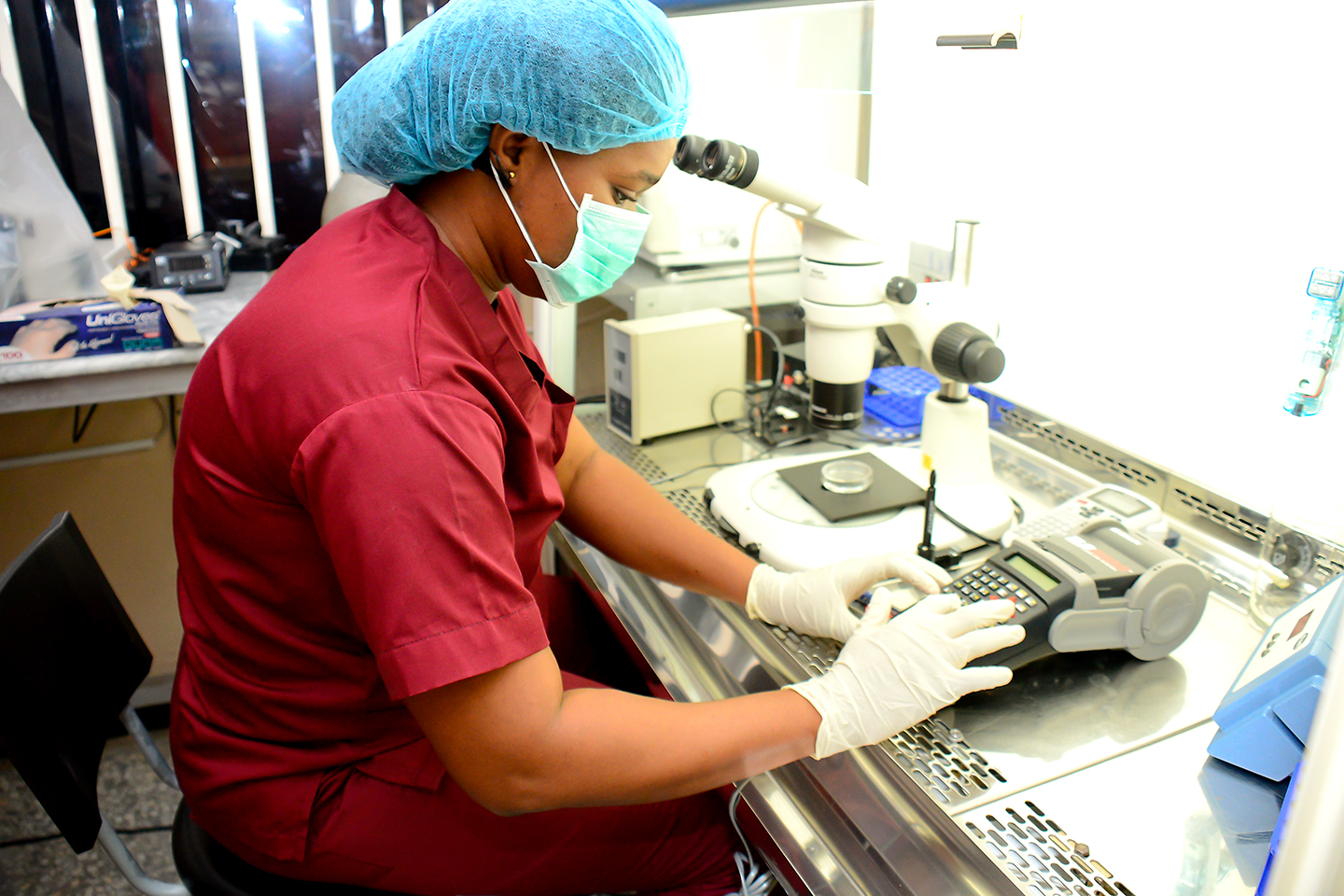
Fertility treatments and IVF
Through the processes of IVF, about 5 million live births have been reported so far throughout the world, and in Nigeria it is estimated that altogether at least 2,000 live births a year are delivered. Recent technology advances in IVF treatments including drug modifications, advent of new technologies, improvements in IVF equipments and expertise have led to better successes in outcomes and live births following fertility treatment.
Improved patient selection processes to give patient-specific treatments, intracytoplasmic sperm injection (ICSI) in selected cases and the advances in the in vitro culture equipments/environment and media have further increased the treatment outcomes.
World-wide pregnancy and live birth rates per treatment cycle have significantly increase from the lowly 10-15% at the beginning of IVF in the mid to late 1970 to about 50-60% live birth rate lately. Interestingly, a number of ways that are hitherto social taboos are becoming socially acceptable including egg-donation, surrogacy, in vitro maturation (IVM) of immature oocytes, ovarian tissue/uterus transplant and other cutting edge treatments have further expanded the reach of fertility treatments.
Other advances and modifications that have also occurred include individualisation of controlled ovarian hyperstimulation treatment processes, monitoring of treatment cycles, embryological processes and selections, mechanism of embryo implantation and cryopreservation.
The live birth rate has increased significantly now up to 50% or more in well-established fertility clinics.
What services do we offer?
- Holistic – Fertility counselling and support
- Fertility diagnostics
- Intrauterine insemination (IUI)
- In-vitro fertilisation (IVF)
- Intracytoplasmic sperm injection (ICSI)
- Egg, Sperm and Embryo cryo-storage
- Donor facilities + Surrogacy
- FERTILITY SURGERIES- laparoscopy, hysteroscopy and open surgeries
- PRE-IMPLANTATION GENETIC DIAGNOSIS
In combination with pre-implantation genetic diagnosis, IVF becomes very useful in couples with repeated reproductive and/or implantation failures, sex-selection and in most women of advanced reproductive age up to and above 37 years of age.
When do we offer IVF?
IVF is best offered when indicated only. It can be done for:
- MALE factors including abnormally low or absence of sperm in ejaculates, after 3-4 failed artificial inseminations
- FEMALE factors – notably fallopian tubal blockage, ovulation disorders, unknown cause, repeated reproductive failures and in egg donation.
- Combined male and female factors
- In older women with significantly reduced egg reserve, we offer EGG DONATION in combination with IVF as an acceptable treatment option. This we support with strong DONOR POLICIES and CONSENT procedures to prevent avoidable legal landmines.
- We advise and can schedule effective corrective surgeries – for those women with womb (uterus) diseases (fibroid, Asherman syndrome, and congenital abnormally shaped womb). Effective corrective surgeries are available in our hospital. We do this routinely, with well-qualified safe, and effective surgeons in a safe environment.
- Surrogacy: We advise using and can schedule a gestational host Reproductive age women with functional ovaries, in whom the womb has been surgically removed womb for treatment of cancer or other diseases and in untreatable Asherman syndrome and in very rare congenital absence of the womb (Rokitansky syndrome) IVF (using own/donor eggs ad applicable)
- SURROGACY: for now, there are no internationally agreed surrogacy law. Surrogacy affords opportunities for patients without a functional or congenitally absent womb and in those repeated implantation failures to have children. The process is fraught with significant emotional, social, moral, ethical, religious and legal problems and controversies. It is, therefore, highly important to give appropriate counselling before, during and after contractual surrogacy. This is to prevent lasting and permanent psychological and emotional scarring to the contractual partners and the children born through surrogacy.
- Trust and have confidence in our donor and surrogacy services
Opening Hours
Saturday: 10:00am-4:00pm
Sunday: 10:00am-1:00pm
